At last, I learned what AI means. You might be wondering as well what this technology means literally. Why? Because it has become part of life and will be with us forever.
Almost everyone types a word on Google or social media, and the next word just comes from nowhere. This term is called auto-correction.
If you have not, at least you have used a voice assistant like Siri or Google Assistant to set a reminder or answer a question. These are examples of how we have used AI in our everyday lives for a while.
These models that have existed before mainly have a single task to perform. Like we have seen voice assistants. They work with a simple rule: Insert your text > I will suggest for you according to what I learned.
You will learn more about the world of AI and generative AI in simple terms. You will find out how they work, and see some real-world applications like those mentioned above.
Get ready to level up your knowledge of this revolutionary technology!
Jump to;
★
What is AI?.
AI, or Artificial Intelligence is a general term that refers to the ability of machines say a computer to copycat human mental functions like learning and problem-solving.
AI systems can adjust and improve based on information given to them just as we do as humans.
This is often achieved through a practice called machine learning
Machine learning consists of mainly 3 steps
- . There is a set of rules(algorithms) written by programmers.
- These algorithms are given huge amounts of data from humans (me and you). The data can be letters we write, articles, music files, how we greet, and so on.
- And then taught to identify and relate patterns in data and make predictions.
Imagine a machine learning system analyzing what a restaurant waiter does. It can learn to recognize when guests come, how to receive the order, how to serve the food etc. This ability to learn and adapt is what truly makes AI different from traditional computer programming.
There are many different areas of AI research, each focusing on a specific capability. Here are a few examples:
- Computer Vision:
Enables machines to “see” and interpret visual information from the real world, like self-driving cars such as Tesla models. These machines are taught to react depending on what humans always do in these areas.
For example, self-driving cars will stop when traffic lights turn red, they will slow down in traffic jams, recognize objects on the way and avoid them etc.
- Natural Language Processing (NLP):
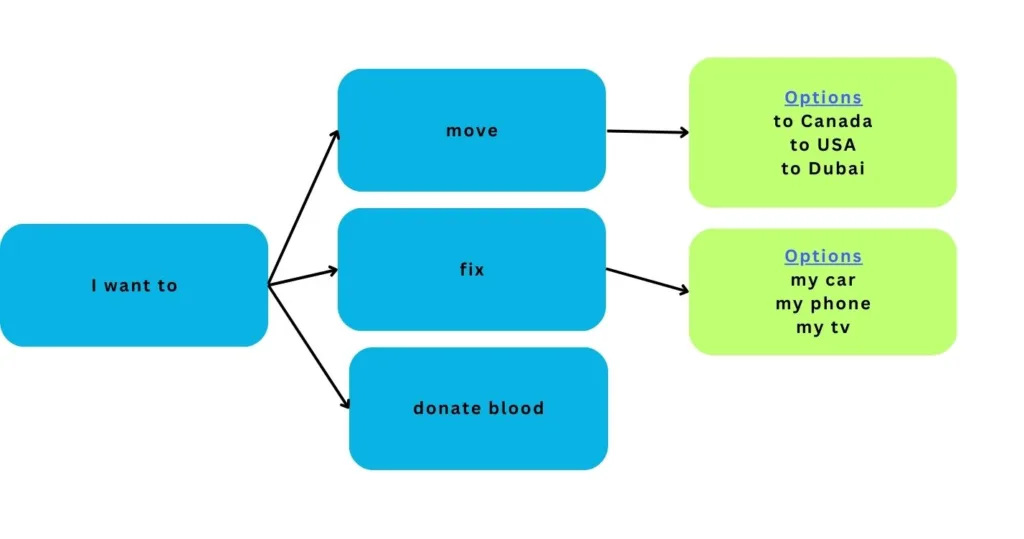
Allows machines to understand and process human language and answer questions like humans would do. For example, the most common chatbot is named ChatGPT.
You can ask any question and this model will generate answers in a human natural language tone.
- Robotics: Combines AI with mechanical engineering to create intelligent robots that can perform tasks in complex environments. For example, robots in restaurants assist in taking orders, or robots in factories assist in assembling machines
Now that you have a basic understanding of basic subdivisions of AI, let us delve into Generative AI!
★
Generative AI
Generative AI focuses on creating entirely new content when given a task. This can be an image, music, text, or video.
Think of it as a creative machine, using its knowledge of existing patterns to produce something entirely fresh.
We already have common examples like Chat GPT, Microsoft’s Copilot, Google’s Gemini, Midjourney, and others
These models are trained on massive datasets of text, images, videos or even music. By analyzing information, they learn the basic rules and relationships within the data.
By following these relationships, they produce new but similar results related to what they learned.
How Generative AI works practically
A simple neural network model
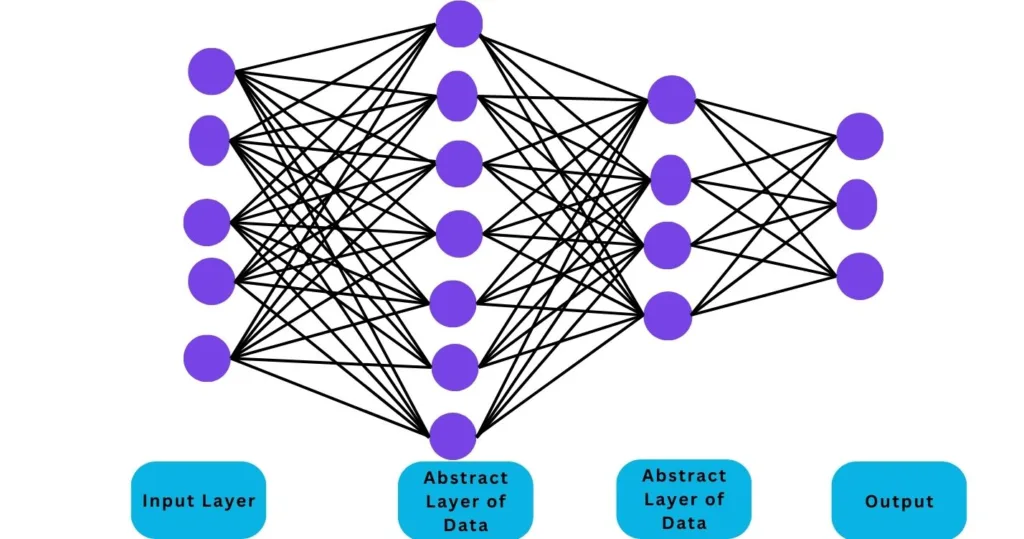
The large language models (LLM) e.g. GPT, use neural networks such as the one shown to process data.
How do the neural networks work?
Similar to how our brains learn, a complex web of connections allows the AI to identify patterns in data. Then it can produce suitable results based on its level of interpretation.
The bigger the model the more networks it has and the smarter it gets
3 main applications of generative AI:
- Text Generation: It is possible to create realistic and engaging, write marketing copy, or even compose different creative text formats like poems or scripts.
- Image Creation: Generating realistic images of anything you can imagine, from portraits to landscapes to fictional creatures.
- Audio Composition: Composing new music pieces in different styles, from classical symphonies to modern pop hits.
- Video creation. This application is coming into reality with some examples of Open AI’s Sora clips
★
Moral Considerations.
As AI seems to be all exciting, it has a lot of downsides that you need to understand.
- Bias: AI models are trained on existing data, which can reflect biases in which it is got. No matter the truth somewhere else, it only answers related to what it knows. Any statistical questions have to be verified by the research
- Misuse: The ability to create realistic deepfakes (fake videos or audio recordings) raises concerns about misinformation and manipulation.
Recently there has been a trend of fake sexual videos, and fake pictures of famous people. These fakes appear real and misinform the society.
- Job displacement: As AI automates tasks in creative fields, ethical considerations surrounding potential job displacement need to be addressed. These can include:
- Educating yourselves to learn how to use AI.
- Seeking government support to regulate the competition brought by AI
★
Learning more about AI.
The world of AI and generative AI is vast and ever-evolving. Here are some resources to help you deepen your understanding:
- Online Courses: Platforms like TED, IBM and Oracle offer introductory courses on AI and machine learning.
- Articles and Blogs: Follow reputable AI blogs and publications like this to stay updated with the latest advancements.
- Experiment with AI Tools: Many user-friendly generative AI tools are available online, allowing you to experiment with text generation, image creation, and more. These include Copilot and Gemini
By exploring these resources and staying curious, you can continue learning about this field.
Related Topics
If you learned something from this article, write a comment.
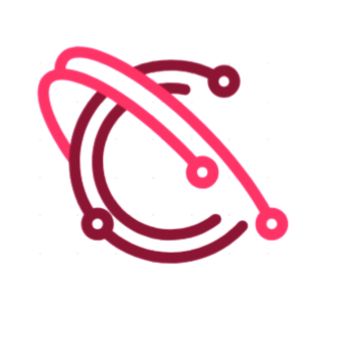




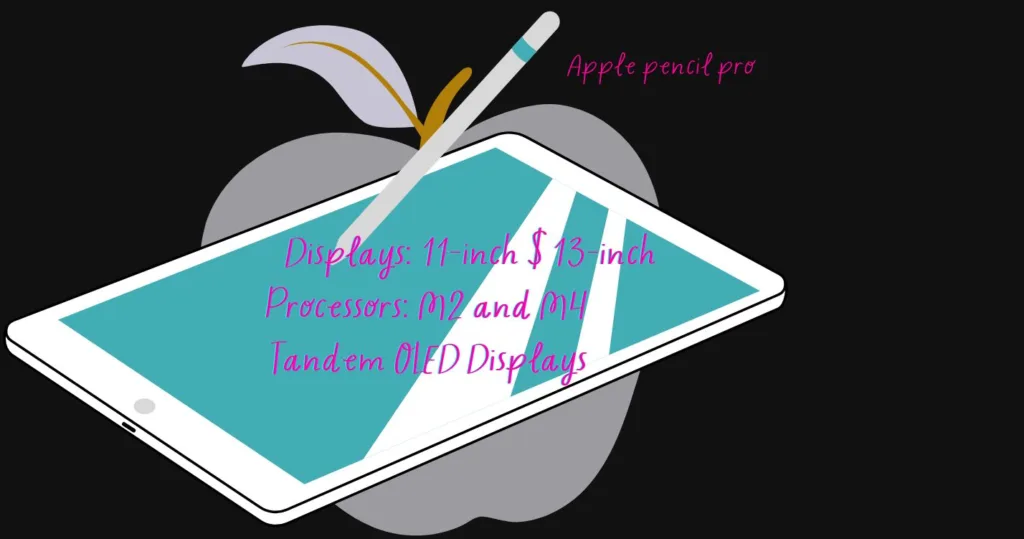
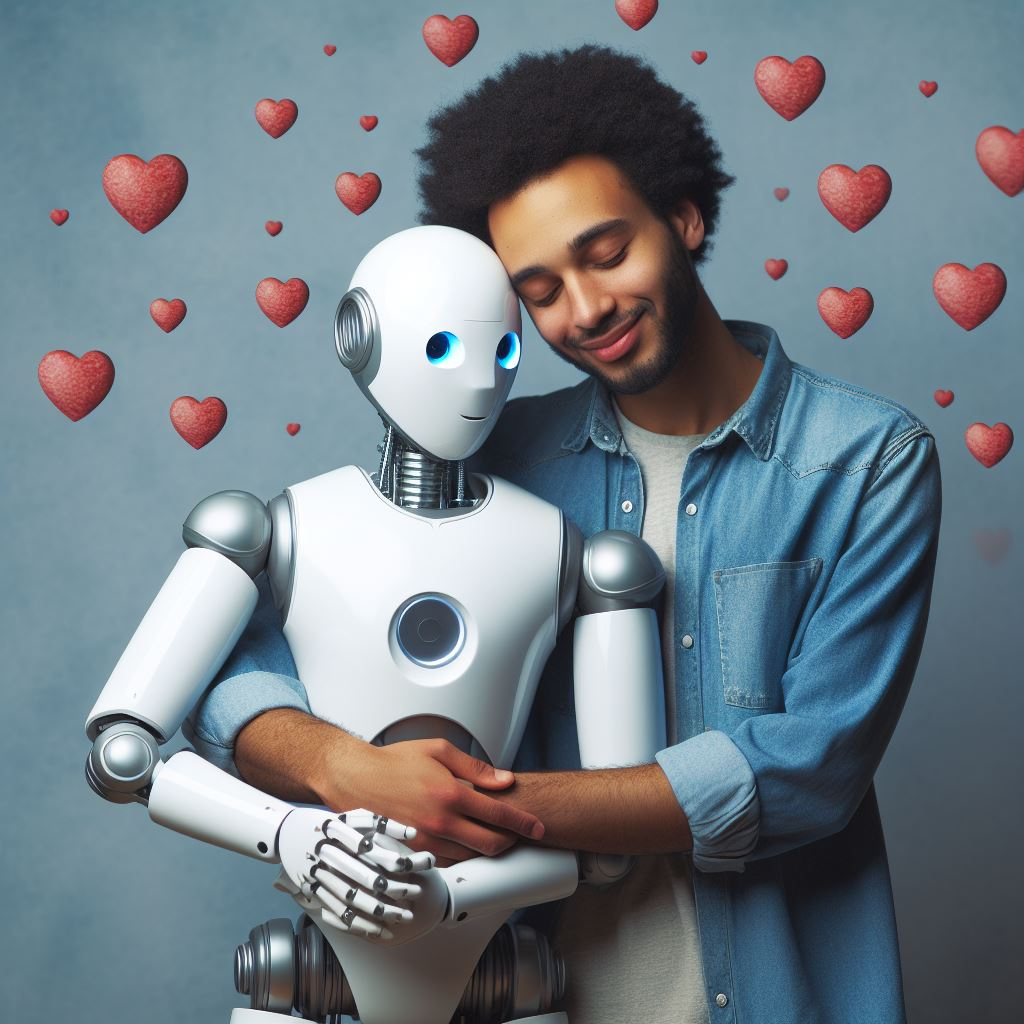


Leave a Reply